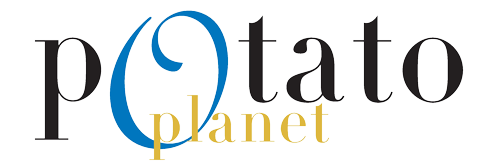Potato market chronicle november 2022
Publication author : Silvana Paolozzi – Ets Jacques Albert Potato market chronicle november 2022 Toutes les chroniques de marché In this campaign, under the spectre of war, which seems to have put the brakes on sales, industrial demand has nevertheless remained very firm on the market. After the great calm of the first quarter, dynamism has finally returned, with a good flow of business in Eastern Europe, Spain and Germany. Following on from the end of the campaign, the market remains active, with Italy seemingly showing more interest towards the end. Unfortunately, we’re scraping the bottom of the barrel, but the quality is no longer there, and good-quality batches of potatoes are becoming scarce. Prices are on the rise due to the scarcity of the product, but it’s important to realize that prices haven’t really taken off this season; the main reason for this is the level of quality, which no longer corresponds to certain markets that have become increasingly demanding. Forecasts for the new campaign are a little more optimistic: NEPG is indicating a drop in plantings of around 10%, not to mention the fact that the war in Ukraine may hold some surprises in store. And then there’s the big suspense, “the drought”, which is lurking and worrying us, as some départements are already on alert with a spring without any winter reserves to help combat it. The year is thus shaping up to be one of major upheavals and challenges for some, in view of energy increases and the political, economic and climatic situation. Télécharger le pdf de la chronique

